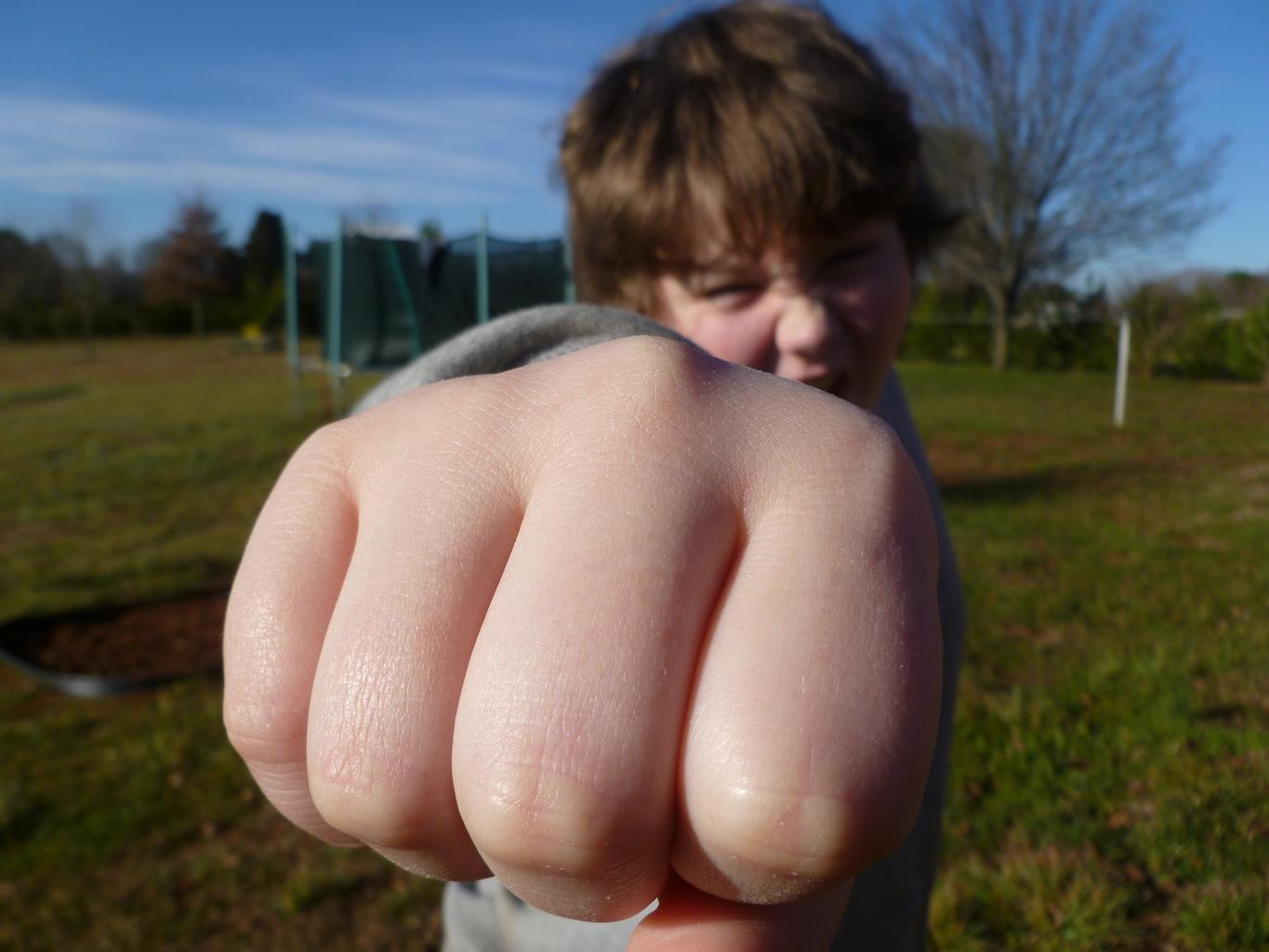As I research and prepare to give a high school class lecture on consumer law, for some reason I passed by General Obligations Law § 3-112, the one about liability of parents and legal guardians having custody of an infant for certain damages caused by such infant.
And then there was this case. Rivera v. Meehan, 2012 NY Slip Op 51652 - NY: Appellate Term, 2nd Dept. 2012:
"Plaintiff commenced this small claims action to recover the sum of $5,000 from defendants, for trespass and for damage to plaintiff's shrubs, trees and lawn, allegedly inflicted on plaintiff's property by defendants' minor son and his friends. Following a nonjury trial, the City Court awarded plaintiff the principal sum of $5,000.
At trial, plaintiff testified that his property adjoined defendants' property and that, in April 2008, by cutting down trees, shrubs and bushes, defendants' minor son and his friends created, for their all-terrain vehicles, a trail which extended from defendants' property onto plaintiff's. Plaintiff indicated that, although defendant's son was absent for a portion of the evening when the trail had been built, upon returning home, he had participated with his friends in completing the trail. Plaintiff further stated that, despite his repeated efforts to curb their activities on his property by posting "private property" signs warning intruders to "keep out," defendants' son and his friends had continued to use the trail throughout the summer of 2008, during which time they had also repeatedly parked on plaintiff's property, destroyed his grass, left refuse, and moved the signs which plaintiff had placed at his property lines. Plaintiff asserted that defendant Patricia Meehan had given permission to defendants' son and his friends to build the trail. Plaintiff introduced into evidence a survey of his property and photographs, to which he referred in his testimony, to show where the paths had been built, where the destruction had occurred, and the nature of the destruction. He also introduced into evidence, without objection, two itemized estimates prepared by separate companies, in the respective sums of $5,113.73 and $5,975.14, for the amounts they would charge to remove downed trees and brush, re-grade the area, supply and plant 10 Norway spruce trees, and aerate and over-seed the lawn area of plaintiff's property where he claimed it had been damaged by defendants' son and his friends.
Defendant Gregory Meehan testified that his son was 17 years old during the time when the complained-of activities occurred. He stated that, on the evening of April 21, 2008, he and his son were away from the property between 6 P.M. and 10:30 P.M. However, he testified that his son had probably been involved in the decision to cut the trail. There was also evidence that defendant Patricia Meehan had misunderstood where the boundary lay between the parties' properties, and that, without intending that her son or his friends should trespass, had nevertheless given permission for them to cut the trail onto plaintiff's property. Defendants did not contest plaintiff's claim that their son had participated in using the trail throughout the summer, although Gregory Meehan commented that he did not believe that his son had parked on plaintiffs' property.
Both at trial and on appeal, defendants contended that they should not be held vicariously liable, either for their son's actions or those of his friends. Although they did not object at trial to the admission into evidence of the two estimates plaintiff had obtained for the restoration of his property, on appeal they also argue that the City Court applied an incorrect measure of damages.
The decision of a fact-finding court should not be disturbed upon appeal unless it is obvious that the court's conclusions could not be reached under any fair interpretation of the evidence (see Claridge Gardens v Menotti, 160 AD2d 544 [1990]).
Furthermore, the determination of a trier of fact as to issues of credibility is given substantial deference, as the court has the opportunity to observe and evaluate the testimony and demeanor of the witnesses (see Vizzari v State of New York, 184 AD2d 564 [1992]; Kincade v Kincade, 178 AD2d 510, 511 [1991]). This standard applies with greater force to judgments rendered in the Small Claims Part of the court (see Williams v Roper, 269 AD2d 125 [2000]).
Upon a review of the record, we find support for the City Court's determination on the issue of liability. The parents of a 17-year-old child are, in general, responsible to the owner of private property for their child's willful, malicious or unlawful damage or destruction to such property, and the owner of such property is authorized to bring an action for damages, up to $5,000, against the child's parents (see General Obligations Law § 3-112). There was substantial evidence that defendants' son willfully participated in the damage and destruction of plaintiff's property. The City Court credited plaintiff's testimony over that of defendants, and, under General Obligations Law § 3-112, the City Court properly held defendants liable for the damage caused by their son's actions.
We do not consider defendants' argument, which they make for the first time on appeal, with respect to plaintiff's proof of damages.
Accordingly, the judgment is affirmed.
Nicolai, P.J., Molia and Iannacci, JJ., concur."








No comments:
Post a Comment
Note: Only a member of this blog may post a comment.